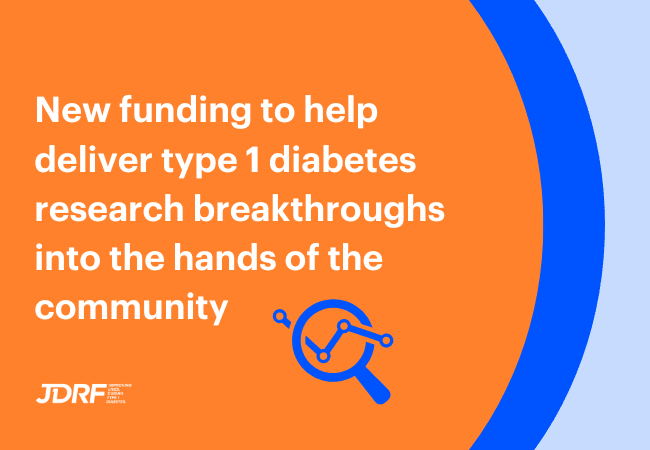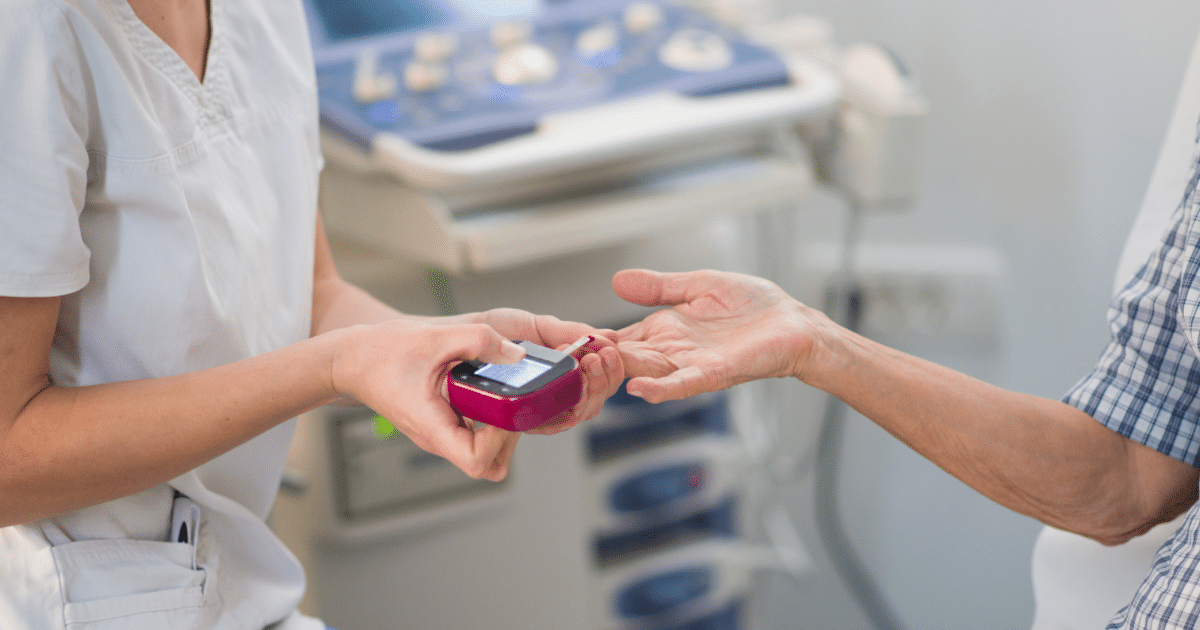All about insulin pumps
When you start your type 1 diabetes journey you’ll be thrown into a whole new world – one that seemingly has its own vocabulary and devices you’ve never heard of.
You can find explanations on many commonly used T1D words and phrases in our T1Dictionary, and videos on popular devices here – and read on for details about the insulin pumps, including how they work, and the pros and cons of using an insulin pump to help treat and manage T1D.
What is an insulin pump?
An insulin pump is a small electronic device, smaller than a mobile phone, that is worn outside the body. It’s programmed to deliver a continuous dose of rapid-acting insulin throughout the day and night, and is used instead of having to give multiple daily injections.
Insulin pumps can help improve blood glucose control, mealtime flexibility and quality of life.
Watch the video below, created by JRDF UK, for more details.
How does an insulin pump work?
Insulin is delivered to the body through an infusion set. This set is what connects the pump to the body and provides a way for the insulin to be delivered.
A thin plastic tube that’s connected to a fine needle or cannula sits just under the skin (this needle or cannula needs to be changed every two to three days).
Along with delivering a continuous dose of rapid-acting insulin throughout the day and night (known as the basal), the insulin pump can be programmed to deliver a surge of insulin (known as a bolus) when eating a meal or correcting a high blood glucose level.
Some pumps, when used in conjunction with compatible continuous glucose monitors (CGMs), have the ability to alter insulin delivery. Insulin delivery can either be stopped, decreased or increased based on the sensor glucose reading. This can have the added benefit of helping prevent hypoglycaemia and hyperglycaemia with minimal input needed from the person living with T1D.
Is an insulin pump right for you (or your child)?
Choosing to use an insulin pump is a very personal decision, but there are a few things that are commonly listed as advantages or disadvantages. A 2011 study for the Australian Institute of Health & Welfare polled over 5000 people who live with T1D, across a variety of ages, and revealed the following pros and cons of using an insulin pump.
Pros of using an insulin pump
- Fitted in better with lifestyle (86% of respondents)
- Better diabetes control (83% of respondents)
- Relocating the cannula was better than multiple daily injections (76% of respondents)
- Convenient (71% of respondents)
Cons of using an insulin pump
- Expense of insulin pump consumables (32% of respondents)
- Relocating cannula or tubing (16% of respondents)
- Didn’t like wearing the pump (15% of respondents)
If you (or your child) are considering pump therapy, or are trying to get the most benefit out of your insulin pump, you should discuss your options and maintain regular contact with your healthcare team. They will be able to offer advice tailored to you, specific for your health and your lifestyle.
How much does an insulin pump cost?
Insulin pumps are covered by some private health insurance policies. Often, you’ll need to serve a waiting period of 12 months to qualify to claim for a pump from your health fund, but most pump manufacturers will loan you a pump to use during this waiting period.
The cost of the pump itself is around $7000 to $10,000 to purchase outright. The consumables required for the pump are subsidised by the National Diabetes Services Scheme (NDSS) and cost around $20 to $30 a month.
What is the Insulin Pump Program?
The Federal Government Insulin Pump Program, administered by JDRF, provides insulin pumps to families who have children and young adults under 21 years of age with type 1 diabetes (T1D) who meet the financial and clinical eligibility requirements.
The pumps available under the Insulin Pump Program are the YPSOMED mylife YpsoPump. These are given with approximately one-month initial supply of pump consumables.
Learn more about the eligibility criteria and how to apply for the Insulin Pump Program.




